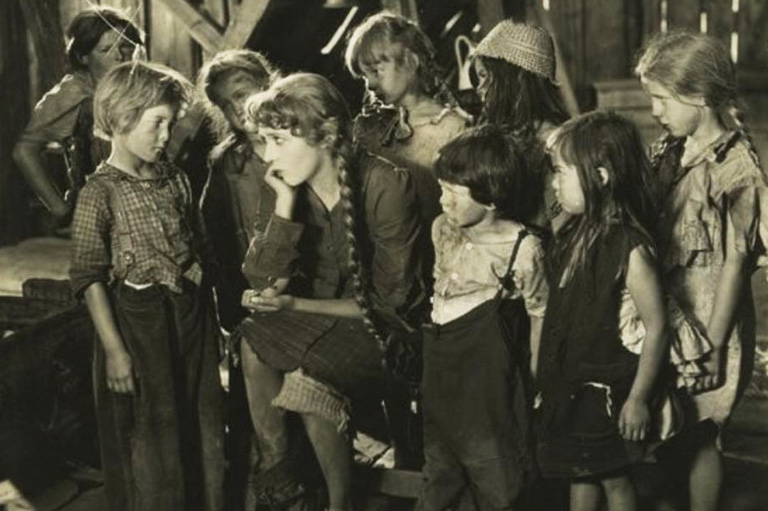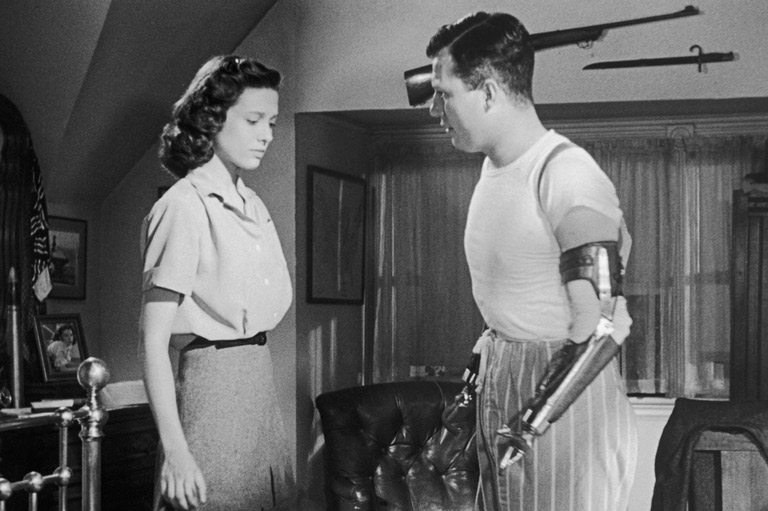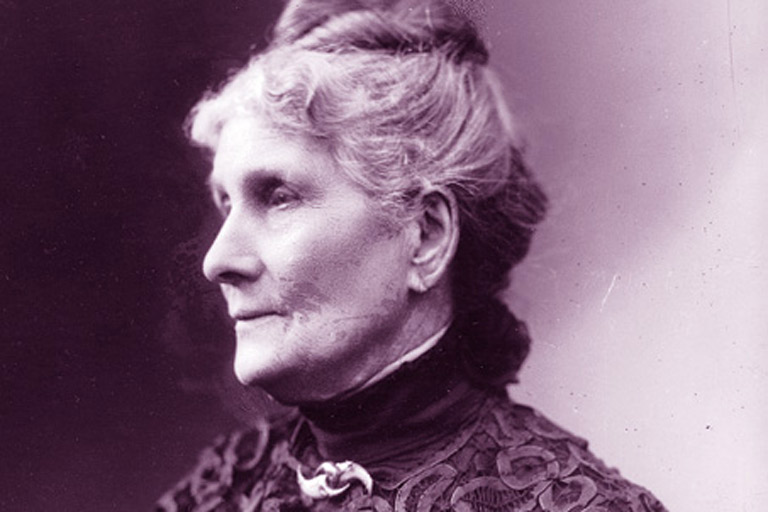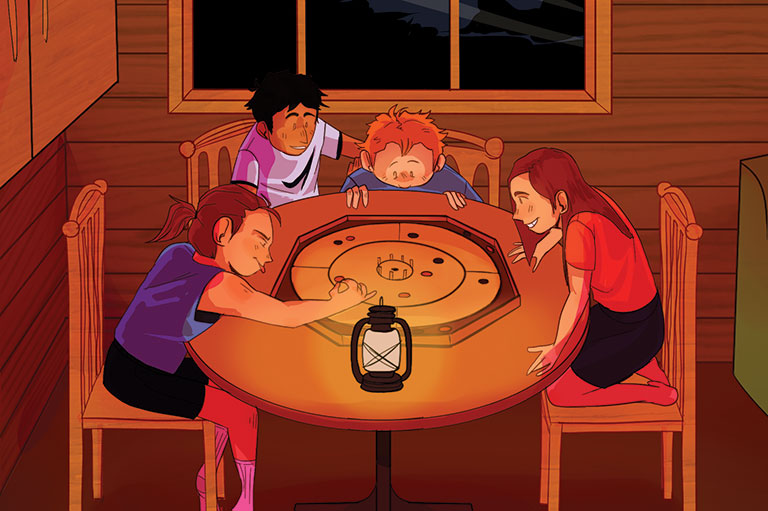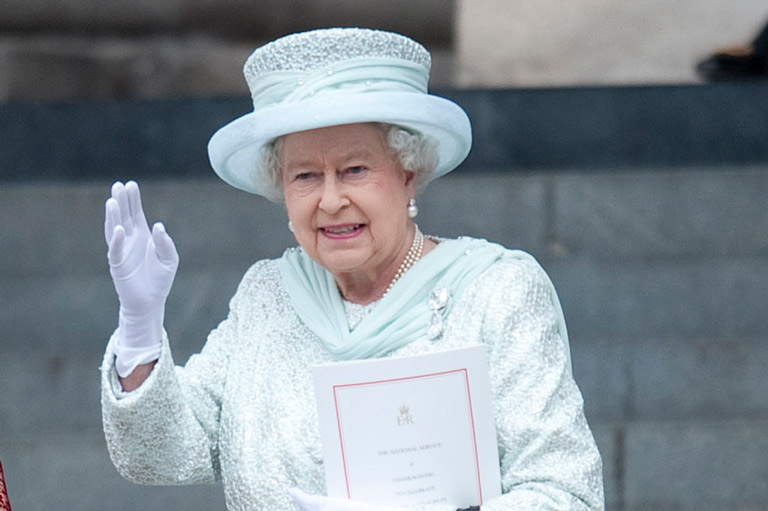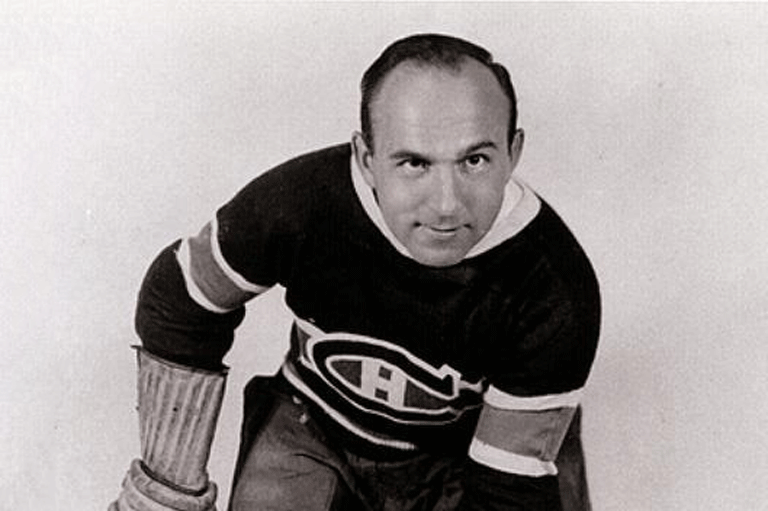Discover a wealth of interesting, entertaining and informative stories in each issue, delivered to you six times per year.
Making Noise
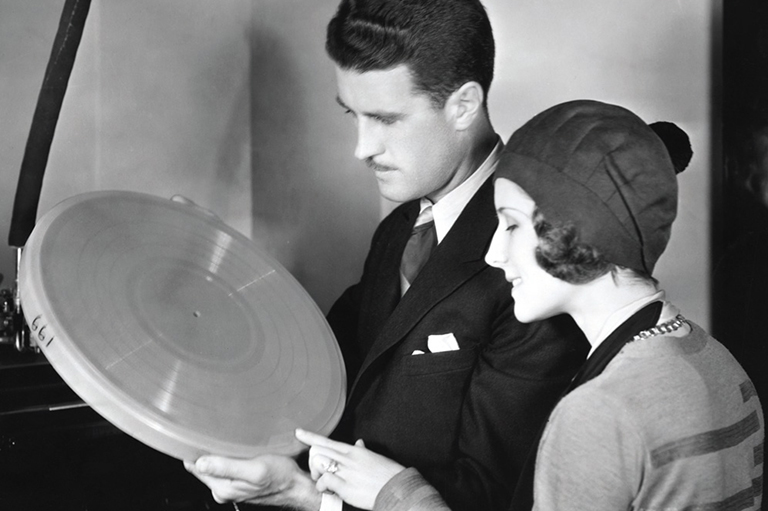
Attention movie buffs: Who made Leo the Lion — Metro-Goldwyn-Mayer’s trademark seen at the beginning of all its films — roar? And who created the piercing yell of Tarzan the Ape Man?
Congratulations if you knew it was a Canadian: Montreal-born movie sound production wizard Douglas Shearer. Shearer won a total of nine Academy Awards, tying for fifth place overall for the most Oscars won by an individual. (Walt Disney is No. 1 with twenty-six.) He also founded MGM’s sound department in 1928 and headed it for forty years.
Yet, while certainly a bright light as a film pioneer, Douglas Shearer never became as well-known as his sister. Norma Shearer was in her day one of the most popular actresses in the world — at times outshining names such as Greta Garbo and Joan Crawford.
At the 1929–30 Academy Awards, the brother-sister team were the first to make Oscar-winning a family affair. She won the best actress for The Divorce, in which a wife turns the table on her cheating husband by having an affair with his best friend. He won for overseeing the sound effects in the prison drama The Big House — a movie praised for the way it portrayed the stamp of prisoners’ feet keeping time with background music and the clang of closing prison doors.
The Shearers were the toast of Hollywood that year. No doubt they cherished their success, for it had been a hard climb for both of them. Now that they were on top they faced new challenges — and personal difficulties — in what was then the brave new world of the motion picture business.
Douglas Shearer was born November 17, 1899. His sister Athole followed a year later and Norma came along in 1902. Their father, Andrew Shearer, inherited a prosperous lumber business and the children grew up knowing a life of privilege and security in Montreal’s wealthy Westmount district.
Then came the Great War.
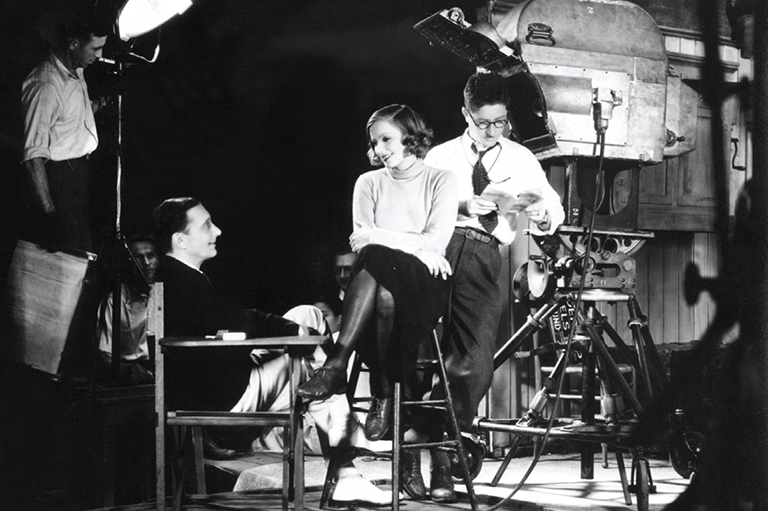
During the closing months of World War I, eighteen-year-old Douglas volunteered for the air force. However, he fell ill with the Spanish flu and his recovery came too late for him to serve. The family’s comfortable existence began to unravel after the war. Andrew Shearer sold his company at a depressed price during a postwar economic downturn. Then he lost more money in bad investments. As the family’s fortunes crumbled, Andrew’s wife Edith left him, taking her daughters with her.
No longer able to afford university, where he wanted to study engineering, Douglas Shearer instead became a power plant equipment salesman. He worked for the Northern Electric Company (later called Nortel), calling it “a substitute for a university education. I came in touch with top mechanical engineers and supervisors at big industries all over Canada who were great teachers.” Ironically, Northern Electric was on the site of his grandfather’s first lumberyard.
As his fortunes improved, Douglas was soon able to live on his own. And he was able to pay for his ambitious and talented sister Norma to travel to New York, where she pursued modelling and then acting. A talent scout from Louis B. Mayer Pictures took notice, and she arrived in Hollywood in 1923, the year before Metro Pictures, Goldwyn Pictures, and Mayer Pictures merged to form MGM.
It was a big break for Norma, and it also benefited Douglas. During a visit to Hollywood in 1925 to see his sister, Norma gave a dinner party at which Jack Warner of Warner Brothers was present. Warner offered Douglas a job as a prop man, starting at $30 a week. Douglas accepted. Although he could have started with MGM — Norma’s studio — he did not want to work there at first because he feared accusations of nepotism. However, it wasn’t long before he left Warner Brothers and moved to MGM’s camera department, becoming an expert in special effects.
The Montreal-born siblings had arrived in Hollywood just before the film industry underwent a major transformation — the end of the era of silent movies and the introduction of talkies.
In August 1927, Norma married Irving Thalberg, MGM’s production chief. The union was to prove beneficial for both of the Shearers’ careers. At the wedding supper, the brother of the bride confidently predicted that talking pictures were the coming thing. No one paid attention to Douglas Shearer’s prophetic words then, but two months later the first talkie — Warners’ The Jazz Singer — opened. And it was a sensation.
The advent of sound was not really a surprise to most people in the movie industry, of course. Experiments in sound technology had been going on in Hollywood since the mid-1920s — but not at MGM. Studio chief Louis Mayer did not believe in experimentation and was concerned about how much it would cost to convert to sound. Besides, MGM had had a lot of success with silents.
Thalberg was as complacent as his boss. He told associates, “The Jazz Singer was a good gimmick, but that’s all it was.” But after rival studios had more talkie successes, Thalberg reluctantly changed course. He knew he would have to hire someone to bring the studio up-to-date on sound, yet he wasn’t convinced he needed a high-priced expert.
“His lack of conviction is reflected in the decision to ask his brother-in-law, Douglas Shearer, to form a sound department,” movie historian Roland Flamini wrote in his 1994 biography Thalberg. “Shearer was an engineer with a keen interest in electronics, but he had no knowledge of sound techniques. A Thalberg who was focusing on the problem would have scoured the country for the leading expert and, in the best MGM tradition, hired him regardless of cost. Fortunately for MGM, Douglas Shearer was both thorough and resourceful.”
At just twenty-eight, Douglas Shearer was suddenly the head of a major movie studio’s very important new sound department.
Sign up for any of our newsletters and be eligible to win one of many book prizes available.
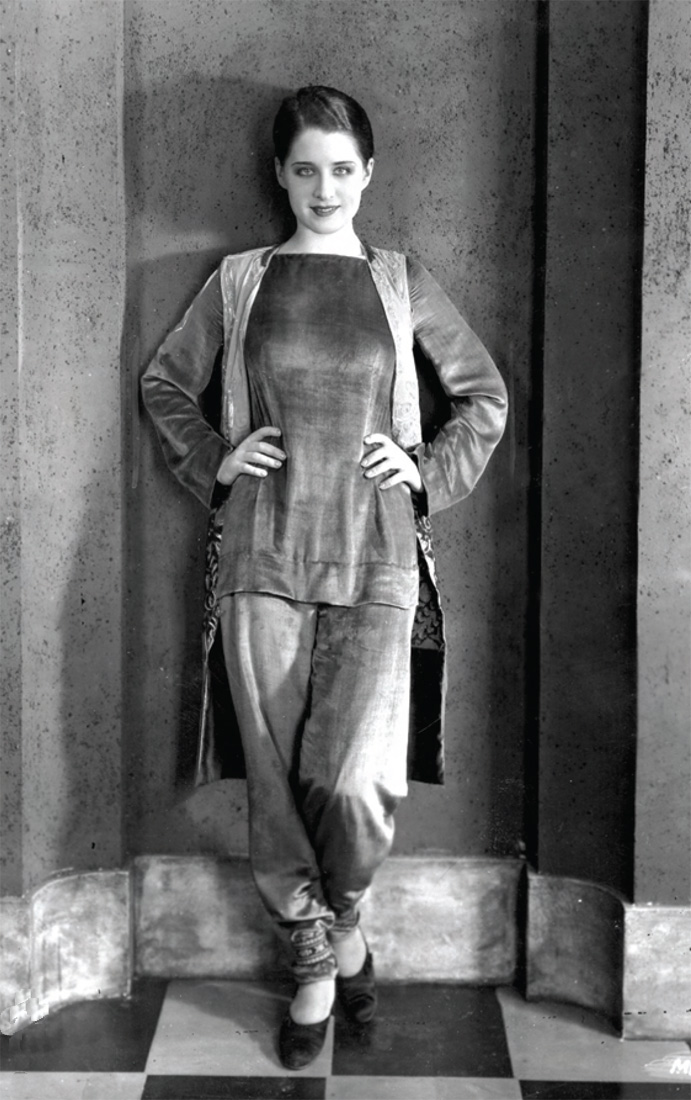
“Mayer and Thalberg ordered me to do the job,” Douglas later recalled. “They didn’t just give it to me.” He went to Bell Laboratories in New Jersey, where the latest equipment was being developed, “to see what I could learn.” Then he put together a crew, which he “stole from every which where. I had a guy from Bell, another from somewhere else, a few from the colleges.”
With his new team, Shearer set about creating a new world. As long-time MGM story editor Samuel Marx recalled in his 1975 book Mayer and Thalberg: “Labourers dug tunnels, burying miles of criss-crossing wires, linking the studio’s stages to a mysterious edifice where varieties of sound could be combined into a single track of celluloid. From Shearer’s newly hired experts a strange, frightening jargon was heard, talk of timbre, resonance, diphthongs, intonation, audibility, tone, sonance, articulation, and decibels. Dialogue had to be recorded free of extraneous sounds. To muffle the whir of the camera, cinematographers arranged to function inside boxes resembling telephone booths. Art directors designed sets in which they could hide microphones in lamps, ashtrays, and vases or behind chairs and tables.”
Starting with its silent film days in 1924, MGM has had a roaring lion as its logo at the beginning of its pictures. It was Shearer who first made it audible by inserting a phonograph recording of a lion’s roar at the beginning of the otherwise silent 1928 film White Shadows in the South Seas. In all, MGM has had five trained lions, all officially called Leo, pose for its logo.
Another Shearer sound effect had a pig oink when hit with a broom. Shearer created the playback system whereby singing could be synchronized with already recorded music, thereby saving the studio the expense of hiring live musicians. It became standard Hollywood procedure.
Shearer was clear about the challenges he faced. “In radio the performer generally stands motionless before a microphone in acoustically perfect surroundings but in movies the microphone must remain at a constant distance yet out of sight of the camera,” he wrote in an essay in the 1938 book Behind The Screen: How Films Are Made, which profiled the work of MGM’s key department heads. “Differences in vocal quality must be taken into account if a person is facing the audience, in profile, turned away, sitting, standing, lying down, moving slowly or rapidly.”
Douglas Shearer’s many admirers said he gave MGM’s sound “an unequalled clarity and spaciousness.” He won a total of nine Academy Awards — two in special effects and seven in the science and technical category. He did not win in the sound category because during his career the award went to studios, not individuals. MGM won five Academy Awards for sound under Douglas.
Shearer’s talents extended beyond acoustics. He also helped develop MGM’s widescreen system and colour-process photography. During World War II, he did research on radar and atomic energy for the United States government. His friends included Albert Einstein. Yet all his success could not erase one particular sorrow.
In June 1931, Shearer’s wife Marian committed suicide in a very bizarre and public way. According to The New York Times, “Mrs. Douglas Shearer, sister-in-law of Norma Shearer, ended her life with a target pistol as she stood in front of a shooting gallery on the amusement pier in Venice, California, yesterday. Renting a small calibre revolver from the gallery proprietor, she shot three times at moving objects. After the weapon had been reloaded, she pressed the muzzle to her forehead and pulled the trigger. Douglas Shearer said she had been suffering ill health for several years.”
Another report said Marian Shearer had been grieving the recent death of her mother.
For Shearer, it was one more tragic episode in a life afflicted by mental illness in his family. His father Andrew suffered “senile depression” and in the 1930s was committed to the psychopathic ward of the Los Angeles General Hospital by his second wife, who rejected his children’s offer to pay for Andrew’s care in a private home.
In her later years, Edith Shearer, Douglas’s mother, became befuddled and was placed in a sanitarium for the elderly. Athole, the second-born sibling, suffered from bipolar disorder and was institutionalized for much of her life.
And as for Norma — Shearer’s Academy Award-winning sister, who was once one of MGM’s biggest box-office attractions — her career eventually faded into obscurity. Nominated for the Oscar six times — and winning once — she retired in 1942 and was rapidly forgotten.
Plagued by the streak of mental illness that ran through her family, she suffered intermittent bouts of depression and avoided facing reality. She became so confused in her later years that she called her second husband (Martin Arrougé) by the name of her first (Irving Thalberg, who died of pneumonia in 1936).
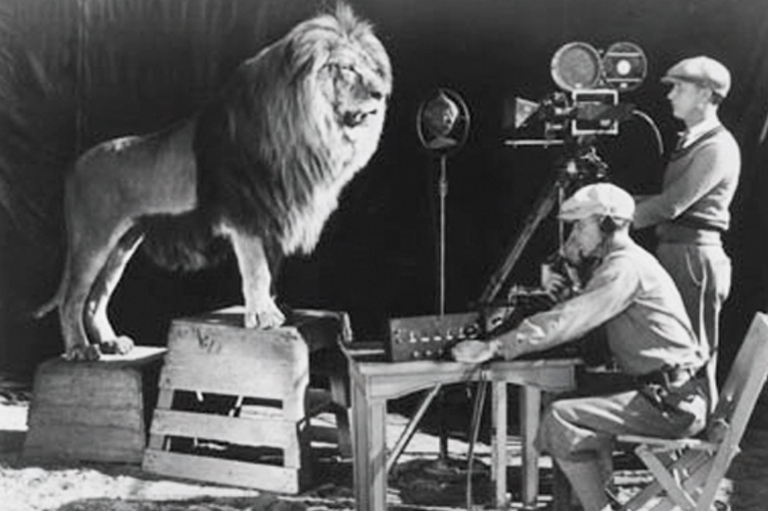
For his part, Douglas showed no signs of the mental illness that gripped the rest of the family. He remarried a year after his first wife’s suicide and had two sons.
Despite his many accolades, Douglas Shearer had his detractors. There were those who complained that he had a cavalier attitude to music. “Douglas Shearer hated music,” film historian Scott Eyman wrote in his 2005 Lion of Hollywood biography of Louis Mayer. “Although Mayer prided himself on having the best departments of any studio, there were those who felt that Shearer was the weak link.” Singer Kathryn Grayson declared that “MGM’s sound system wasn’t that good” because “it stifled high notes,” whereas Warners’ did not.
Shearer’s defence was that music should not overwhelm the story. “You can pour just so much music into a quart bottle and then it spills over,” he explained. Considering that MGM was famous for its musicals, it was a rather surprising comment and it sparked an acerbic response from composer David Raskin. “The music at MGM sounded the way it did because the tracks all went through a booth where a little man covered them in peanut butter.”
Shearer had an excellent reputation, except for one instance in which his ethics were questioned. It was claimed that he had deliberately tried to ruin the career of screen idol John Gilbert. As the story in Hollywood went, Shearer made Gilbert’s voice sound squeaky at the instruction of Mayer, who hated Gilbert. Gilbert’s daughter Leatrice said in her 1985 book Dark Star that MGM director Clarence Brown had told her that Shearer had told him that “We never turned up the bass when Gilbert spoke. All you heard was treble. Of course, it was a mistake.”
Film historian Donald Crafton exonerates Shearer, however. In American Cinema’s Transition to Sound, published in 1997, Crafton says the allegation against Shearer was a “canard” because Gilbert’s voice sounded normal, albeit “affected.” Crafton said Gilbert’s self-destruction was in fact brought on by drinking.
Douglas Shearer died on January 5, 1971, at the age of seventy-one. During his last weeks in the hospital, his younger sister Norma — with whom he had shared the Academy Award stage in 1929 — did not visit him, nor was she at his bedside when he died. It wasn’t due to animosity. She was so beset with depression that she avoided unhappy situations. Thus, she could not bear to see her beloved brother die. Although she lived to be eighty, the aging star suffered from poor mental and physical health in her later years.
Like his sister, Douglas Shearer died with a solid legacy behind him. It was summed up by Variety, the show business newspaper, which headed its obituary with: “Understood ‘Sound’ When Nobody Did.”
Save as much as 52% off the cover price! 6 issues per year as low as $29.95. Available in print and digital.
Tricks of the sound trade
Canadian-born Douglas Shearer was a pioneer in solving some of the sound challenges of early Hollywood.
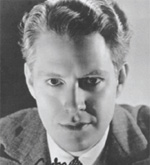 Nelson Eddy
Nelson Eddy
“In his kind of songs the word ‘heart’ is apt to occur quite often,” Shearer wrote. “It came through as ‘haht.’ Yet Eddy was singing ‘heart’ quite distinctly. At last the man at the sound controls found that if Eddy sang ‘hoart’ it came through as ‘heart.’”
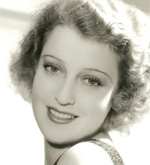 Jeanette MacDonald
Jeanette MacDonald
“When she first sang for films, [she] was inclined to sway in time to the music she was singing,” Shearer wrote. “That caused microphone trouble. She was asked to stand behind a chair, holding the back with her hands, which restricted her instinctive movements.”
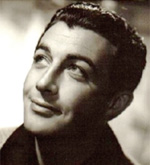 Robert Taylor
Robert Taylor
In Broadway Melody of 1936, Taylor was told to sing “I’ve Got A Feelin’ You’re Fooling” with his hands in his pockets because the microphone was picking up the fact he was unconsciously snapping his fingers in time.
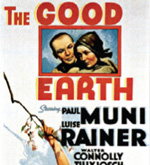 Mystery taps
Mystery taps
On The Good Earth, the microphone picked up mysterious tapping sounds that could not be heard on the set. They were traced to a plumber hammering a pipe about half a kilometre away. The pipe happened to touch a girder which carried the sound upwards.
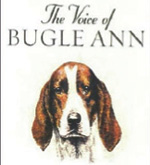 Haunting hounds
Haunting hounds
When MGM made a dog picture called The Voice of Bugle Ann, it wanted a distinctive “voice” for the dog. Just the normal baying sound seemed insufficient, so Shearer mixed in the sound of a French horn to get exactly what he wanted.
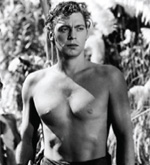 Tarzan the Ape Man
Tarzan the Ape Man
The distinctive yell Shearer created for Tarzan baffled generations of children who tried to imitate it, unaware that Shearer embellished the soundtrack electronically, then ran it backward.
We hope you will help us continue to share fascinating stories about Canada’s past.
We highlight our nation’s diverse past by telling stories that illuminate the people, places, and events that unite us as Canadians, and by making those stories accessible to everyone through our free online content.
Canada’s History is a registered charity that depends on contributions from readers like you to share inspiring and informative stories with students and citizens of all ages — award-winning stories written by Canada’s top historians, authors, journalists, and history enthusiasts.
Any amount helps, or better yet, start a monthly donation today. Your support makes all the difference. Thank you!
Themes associated with this article
You might also like...

Canada’s History Archive, featuring The Beaver, is now available for your browsing and searching pleasure!

Beautiful woven all-silk bow tie — burgundy with small silver beaver images throughout. This bow tie was inspired by Pierre Berton, inaugural winner of the Governor General's History Award for Popular Media: The Pierre Berton Award, presented by Canada's History Society. Self-tie with adjustments for neck size. Please note: these are not pre-tied.
Made exclusively for Canada's History.


